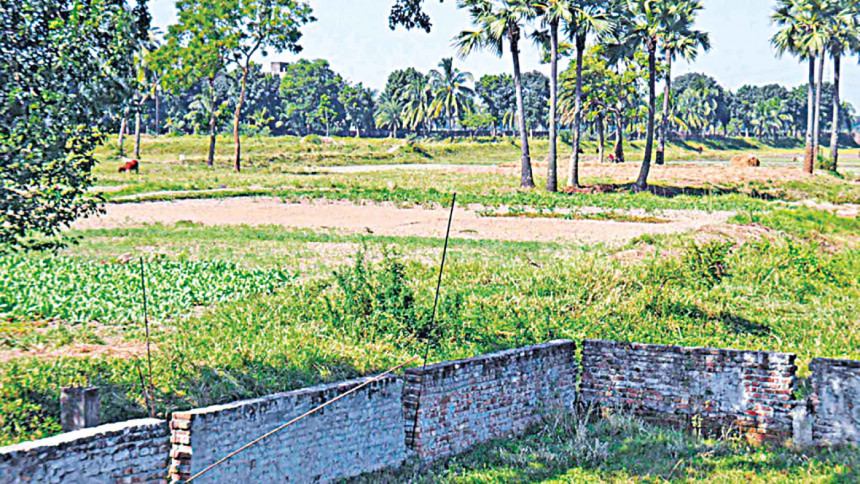Legal Framework on the Extent of Land Ownership

Through the State Acquisition and Tenancy Act (STA) 1950, the long-standing traditional zamindari system was abolished and the ownership of the people over the land was established. Section 90 of the Act states that a person can hold a maximum of 375 bighas of land since the implementation of this Act. This '375 bighas' refers to both agricultural and non-agricultural since section 2(16) defines land as cultivated, uncultivated or covered with water at any time of the year, and includes benefits to arise of land, houses, or buildings and also things attached to the earth, or permanently fastened to anything attached to the earth. Now, if a person violates this law and owns more than 375 bighas of land, then after 375 bighas of that land, the rest of the land shall go under the authority of the government [section 90(5)].
According to article 3 of the Bangladesh Land Holding Limitation Order (BLHLO) 1972, a maximum of 100 bighas of land can be kept by a family or body. In this law, 100 bighas means both agriculture and non-agriculture land (article 2(e)). Apart from the special rights given in this Act and the exceptions mentioned, if there is an excess of 100 bighas of land, the excess quantity of land shall be surrendered to the government (article 3).
In the earlier laws, land was meant for both agriculture and non-agriculture, but the Land Reforms Ordinance 1984 only sets a limit on acquiring agricultural land. As per section 4, a person can hold agricultural land up to 60 bighas. If anyone acquires more than 60 bighas of agricultural land, the excess amount shall vest to the government (section 4(3)).
There are three types of limits in these three legislations, and it is not particularly easy to understand how much land a person can hold at present. To solve this problem, these laws have to be interpreted collectively. In the 1950 Act, the limit is set at 375 bighas of land (both agricultural and non-agricultural). In the 1972 Order, the limit was reduced to 100 bighas (both agricultural and non-agricultural), which is importantly given priority over all other laws. Therefore, it can be said that the limit of 375 bighas that was set in the 1950 Act is now reduced to 100 bighas according to the BLHLO 1972.
Then again in the LRO 1984, the maximum limit of agricultural land was fixed at 60 bighas and this Act of 1984 has also been given priority over other laws under section 3.
Therefore, a tenant or a family or a body can now keep a maximum of 100 bighas of agricultural and non-agricultural land, while out of those 100 bighas, agricultural land can be owned up to 60 bighas. But the limit of land ownership in these laws is applicable only in general cases, in case of exceptions or in certain cases, the government may relax this limit (e.g. for companies, cooperative societies, for farming etc.) mentioned in these laws.
In Bangladesh, among all others, land is one of the major reasons of discord or conflict. To control land grabbing and for better management of land, the authorities should strictly implement these laws and at the same time strong mechanisms should be used to surrender the excess amount of land to the government.
The writer is a law student at the University of Dhaka.


 For all latest news, follow The Daily Star's Google News channel.
For all latest news, follow The Daily Star's Google News channel. 



Comments